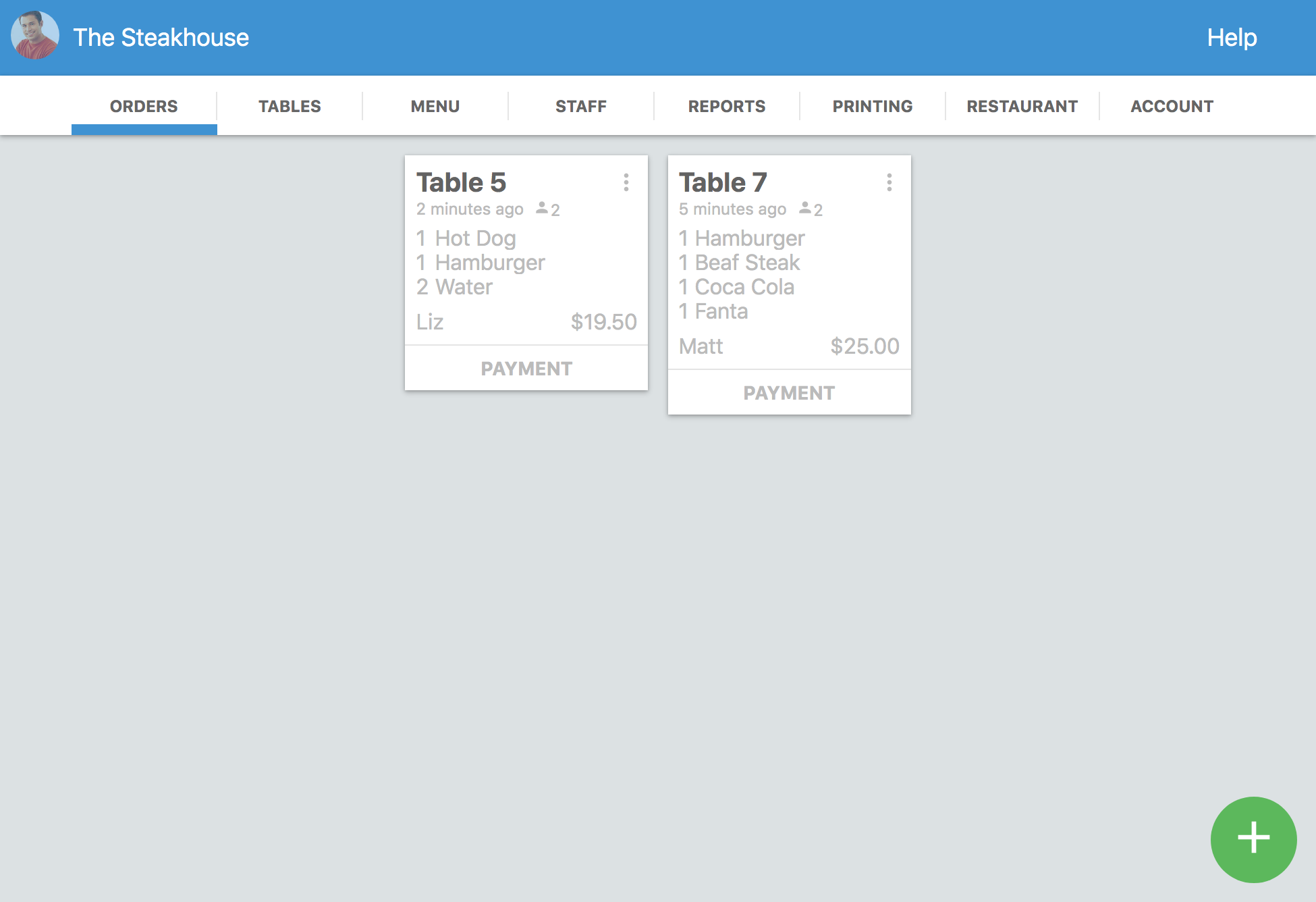Do you want to improve your restaurant’s profits, but don’t know where to start? These five tips will help!
The post-pandemic restaurant industry is a battlefield right now. Across the world, owners and managers alike are unsure of every step they take. The industry is fighting back with many things, and even experienced restaurant owners are having trouble. Still, there is hope, because even during these times you can find restaurants that are doing great and growing. What do they have in common? In this article, I’ll tell you about 5 different strategies thriving restaurants are using to increase their profits. Let’s get started!
Not All Restaurants Are Made Equal

Let’s begin by stating the obvious. Not all restaurants are the same, so all of these tips to optimize restaurant profit margin might not be applicable in all situations. However, we’ve made sure to include several strategies. The better you know your business and the current state of the industry in your local area, the more prepared you will be to apply one or all of them.
1. Optimize Employees and Schedule
The first tip is for you to control what you have the most control over, which are your employees, the schedule, and working hours. This is a variable tip because I cannot tell everyone to do something specific. Basically, there are two options:
- If you feel like your restaurant doesn’t need optimization in this regard, and you’re happy with your staff’s productivity, then just let it be.
- If you feel like it does require some optimization, then go ahead and apply the following optimizations.
They are simple tips you can use to improve productivity and the value you get from your staff.
The First Area to Optimize Is the Staff

There are two ways of optimizing your staff. Letting go of some of your employees is one, but it’s not an easy decision. In all honesty, I don’t recommend that you think about letting go of your employees unless it’s absolutely necessary. That means the other way is better, which is to increase productivity per employee. You can do both, but try to do it without falling into bad practices like understaffing and overworking your employees. To achieve that, the solutions are:
- To know exactly the amount of work that you need to cover in your restaurant.
- To have a couple of wild card employees just in case that threshold is met.
- And to optimize the workflow in your restaurant.
Speaking of optimizing workflow, the easiest way to optimize it is by using modern software like Waiterio. You get tools like self-service with QR codes and even a free website. These can be game-changers if you use them well. Those are the very tools that make ghost kitchens a very viable business! Nowadays, strategies like these are applicable to almost every restaurant due to the evolution of the industry.
The Second Area to Optimize Is the Schedule

Optimizing your staff is not a complete solution without optimizing the schedule. Optimizing your restaurant’s schedule allows you to take advantage of high business hours. This depends heavily on the type of restaurant and customers you have, so make sure to think it through. Another good idea is to talk about this with your staff because that will give them the choice of creating their own flexible schedule – if you’re open to doing so, of course. For example, you can opt for opening and closing your business an hour later, or vice versa, have a variable schedule for different days of the week or month, and more. Both of these focus areas complement each other, so doing one without the other might be futile.
2. Optimize Your Menu on the Go

Keeping your menu agile is vital in these times. The price of your inventory might be shifting daily due to demand shifts. That’s why you must keep a close eye on:
- Inventory management
- And supplier relationships
Without getting into too much detail, you can optimize your inventory by:
- Applying the first in, first out inventory management method.
- Running the inventory tight based on the changes in consumer demand.
- And keeping a close eye on prices.
This last focus point means being tight-knit with your suppliers. In some cases, it’s advisable to hire someone to focus only on this resource-management task. What does this have to do with your menu though? Well, handling inventory and supplier relationships properly means you can:
- Shift your menu prices.
- Hide menu items temporarily or strategically remove dishes from the menu if they become too expensive.
- And keep a nice dish rotation.
This will be a hard tip to apply. If you have an experienced and versatile chef, then you’ll be able to pull this off easily. This will also reflect on your customer base. If your restaurant is, for example, a business that provides its customers with stability, it’s better to raise your prices and maintain your menu. If your restaurant is a hub for surprising or experimental food offers, then this tip might be the perfect strategy to keep up with an unstable supply chain.
3. Solve High-Priority Problems First

If there’s something that’s always true when running a business, is that there will be unexpected trouble. That’s why you must solve high-priority problems as they arrive. The real problem with this approach is knowing which ones are high-priority. That’s why the accurate tip behind this is for you to create systems to figure out what’s the best course of action for each scenario. There’s a simple three-step system for this that might work for you:
- Study the problem at hand exhaustively.
- Study the possible ramifications that the problem would cause if you don’t solve it quickly. You should study short, medium, and long-term ramifications as well, so you know how much time you have before it’s catastrophic.
- Come up with a solution that allows your restaurant to take the least damage possible.
These steps are simple in theory, but they might take a lot of time to master in practice. You still shouldn’t let small problems accumulate or you’ll be creating a business-ending problem in the long run.
4. Take the Initiative to Adapt to Industry Trends

Taking up restaurant industry trends in your business feels like a gamble, especially when it comes to costly systems, changes too deep they can’t be undone, and more. However, the restaurant industry trends that are coming to stay are easy to identify: they always have good support in different parts of the globe. That’s why you have to keep up with the restaurant industry trends. The key to knowing when to implement a new trend is to answer questions like:
- Is the trend appearing in different countries?
- Is the trend being applied in several places that resemble your city?
- And of course, can you apply the trend to your restaurant efficiently? This is the hardest question to answer because you must know your business's current state very well to decide. Also, you must know your customer base!
After all, if it’s working somewhere where the conditions are the same as your restaurant’s local area, applying without a second thought is a good idea. You can also study if your competitors are applying new tactics that are trending in other parts of your country. Sometimes, you don’t really need to go across the world to discover the trend that your restaurant needs to take off. Yet, they can be a great source of inspiration!
5. Use Convenient Third-Party Services

Services, apps, software, and even more basic services like cleaning, dry-cleaning, accounting, legal, and others are essential when running a restaurant nowadays. You need to keep up with way too many things, from marketing efforts to customer satisfaction, all while running your restaurant’s basic operations. It’s only natural, society, consumer habits, and more are changing. If you feel like keeping up with too many things is overwhelming, then simplifying some areas like your POS software might help. That’s where Waiterio comes in. Restaurants of all sizes need freedom and versatility, so we decided to create a POS that gives you exactly that. With Waiterio’s POS, you will be able to:
- Check sales reports whenever you want.
- Keep all your restaurant sales data safe in the cloud.
- Manage sales from different channels, such as online sales, takeout, and delivery.
- Export reports in useful spreadsheets.
- Streamline the sales process in your restaurant and more.
From the first to the last interaction with your customers, Waiterio can make it faster and much more efficient. If you need a new POS system, try Waiterio. We have a free trial!
Small Changes Can Lead to Big Benefits for Your Restaurant in the Long Run!
Those simple tips are not easy to apply. As I said, you must know your business to know whether they are applicable. You also must know your customer base and employees – make sure to include them in the decision-making process to improve your results. Otherwise, these seemingly small changes can become a bigger issue, like you having to renew your BOH or FOH staff fully, or having to recalculate every price on your menu. That can take time away from you, so make sure your restaurant is ready for these changes first. Check out our article about setting objectives for your restaurant for more information.




